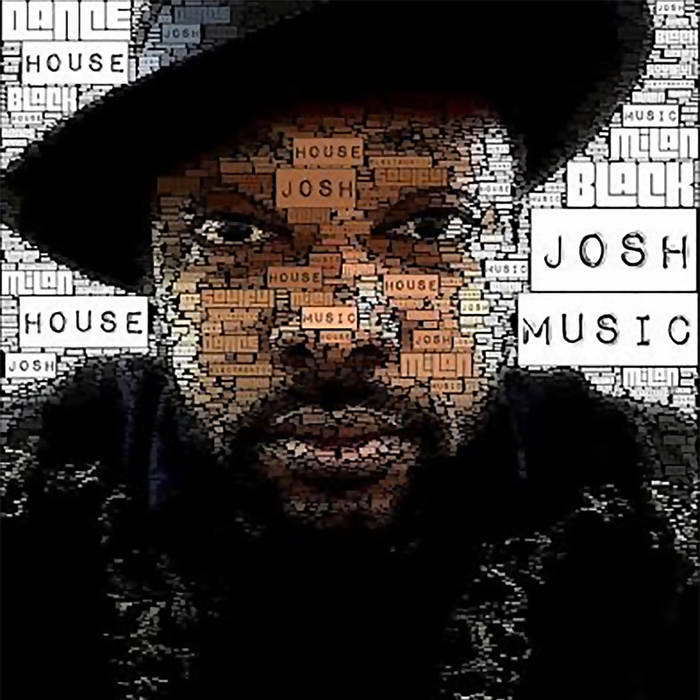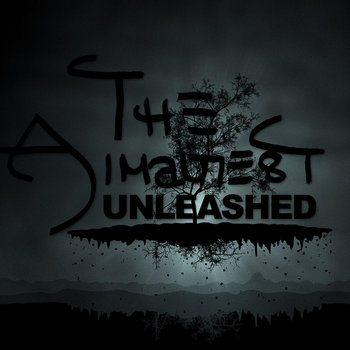
Written by Brian X. Chen — 2003: Apple opens the iTunes Music Store and starts to revolutionize the music-recording industry, one song at a time. Between the mid-1980s and late 1990s, the media were undergoing a massive conversion from analog to digital. The music industry hated it.
Much to the chagrin of the Recording Industry Association of America, internet users quickly caught on to digital music as a free alternative to paying for albums. In fear of declining album sales, record labels filed lawsuit after lawsuit against online services Napster and MP3.com for hosting digital music, as well as Diamond Multimedia, a Korean company that released an MP3 player called the Rio. Clearly, for the recording industry, change wasn’t easy.
In stepped Steve Jobs. The Apple CEO harbored a vision in 2002 of an online music store hosted by Apple that would be easy to use, complete in selection and reliable in performance. These factors, Jobs thought, would be enough to convince customers to pay for something they could otherwise obtain for free illegally. The store, then, would enable record labels to compete with pirates rather than pursue a futile attempt to destroy them.
But in order for online music to work, Jobs believed his store would have to allow customers to purchase music in a completely different way: a la carte. Convincing labels was hardly easy.
“When we first approached the labels, the online music business was a disaster,” Jobs told Steven Levy, author of The Perfect Thing. “Nobody had ever sold a song for 99 cents. Nobody really ever sold a song. And we walked in, and we said, ‘We want to sell songs a la carte. We want to sell albums, too, but we want to sell songs individually.’ They thought that would be the death of the album.”
Jobs started his talks with the big players first: Warner Music and Universal. Apple flew the firms’ teams up to Cupertino, California. In a boardroom at One Infinite Loop, Jobs proceeded to present his plan.
Jobs first reeled in the labels with one crucial proposal: Apple would sell songs through iTunes, music-player software that was then available only for Macs. After all, how could Apple, whose Mac operating system held only single-digit market share, ruin the record business if the iTunes Store took off?
After a series of long and painful negotiations, the two labels ultimately agreed they would play, but only after Apple agreed to bake in some restrictions (aka digital rights management): iTunes-purchased songs would be limited to being playable on three “authorized” computers, and a playlist could only be burned on a CD seven times.
Labels BMG and EMI soon followed, and later Sony hopped on board. Apple opened the iTunes Music Store on April 28, 2003, with 200,000 songs. (Simultaneously, Apple released its third-generation iPod.) In the first week, iTunes Store customers bought more than a million songs. Six months later, Apple convinced the labels to allow iTunes to be shared with Windows users.
Apple announced at its final Macworld show Jan. 6, 2009, that iTunes would cease selling songs encumbered by DRM restrictions. Though a significant step for Apple, Jobs was not present to make the announcement — he was on medical leave. The Wall Street Journal later revealed that Jobs successfully underwent a liver transplant. He resumed his post in June 2009.
The iTunes Store has expanded to include movies, TV shows and the App Store providing third-party software for iPhone, iPod Touch and iPad customers. To date, the iTunes Store has served more than 10 billion songs, 200 million TV shows, 2 million films and 3 billion apps.
Sources: The Perfect Thing: How the iPod Shuffles Commerce, Culture and Coolness, by Steven Levy; Wikipedia
Click here to read more from this article's source.












































